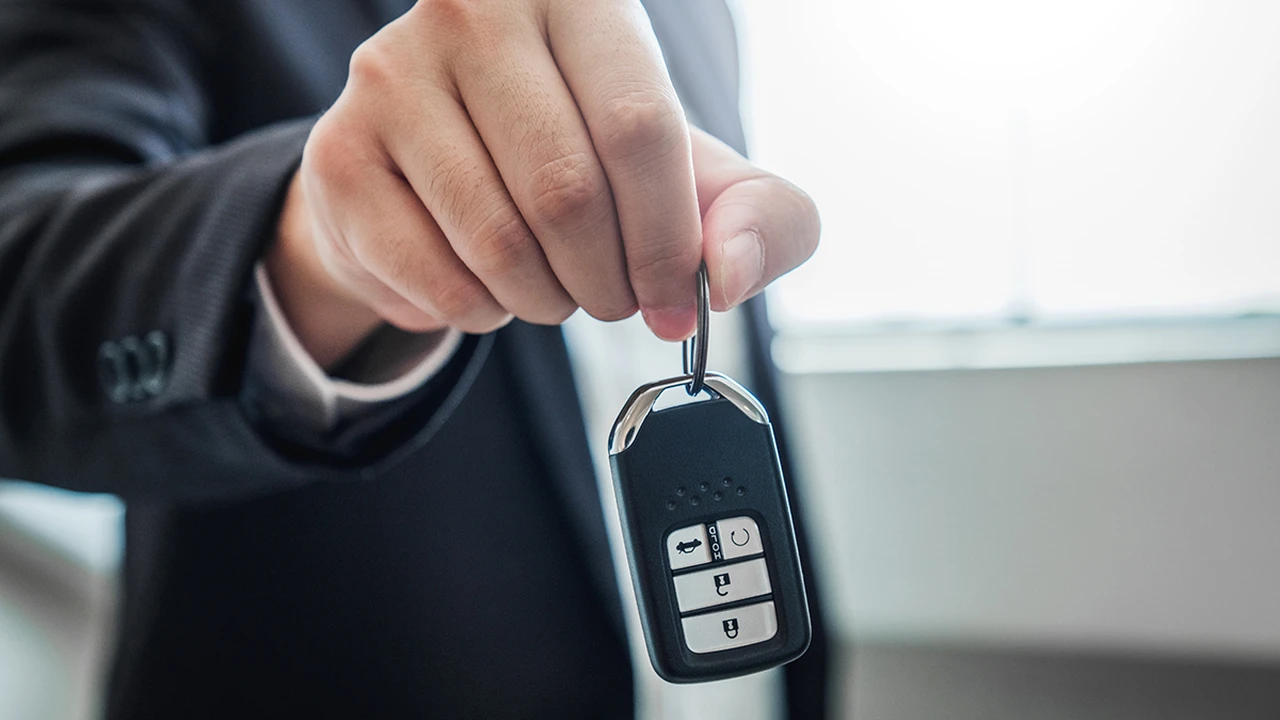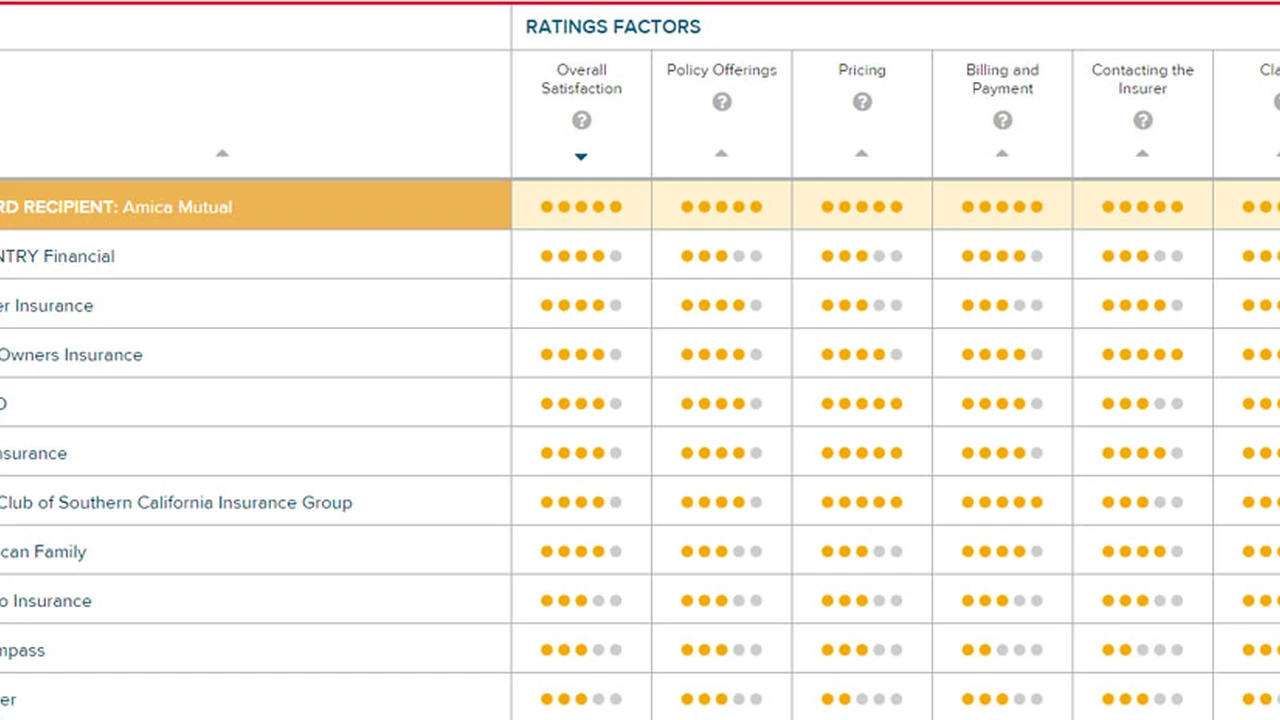Getting a Car Repair Estimate: What You Need to Know

Understanding the Car Repair Estimate Process Auto Body Shop Essentials
So, you've been in a fender bender, or maybe a rogue shopping cart decided to have a rendezvous with your car door. Bummer, right? The next step is getting that baby fixed, and that means getting a car repair estimate. But what exactly *is* a car repair estimate, and how do you make sure you're not getting taken for a ride (pun intended!)? Let's break it down.
A car repair estimate is basically a detailed breakdown of the costs involved in fixing your car. It should include everything from the cost of parts to the labor charges. Think of it as a roadmap to getting your car back to its pre-accident glory. It’s not just a number; it's a contract. Once you approve the estimate, the shop is generally bound to that price, barring unforeseen circumstances (we'll get to those later).
Decoding the Estimate Parts Labor and Additional Fees Car Repair Cost Breakdown
Okay, let's dissect an estimate. You'll usually see a few key sections:
* **Parts:** This is the cost of the replacement parts needed for the repair. This could be anything from a new bumper to a headlight assembly to smaller things like clips and fasteners. The estimate should specify whether the parts are new, used, or aftermarket. New parts are, well, new. Used parts are salvaged from other vehicles. Aftermarket parts are manufactured by companies other than the original car manufacturer. Generally, new parts are the most expensive, followed by aftermarket, and then used. Your insurance policy might dictate which type of parts are used. * **Labor:** This is the hourly rate the shop charges for the time it takes to repair your car. Labor rates can vary significantly depending on the shop's location, reputation, and the complexity of the repair. Don't be afraid to ask about the shop's labor rate upfront. * **Materials:** This covers things like paint, solvents, welding gases, and other consumables used during the repair. It's usually a relatively small percentage of the total cost. * **Taxes:** Because, well, taxes. * **Other Fees:** Some shops might tack on additional fees for things like disposal of hazardous waste or shop supplies. These should be clearly listed on the estimate.Navigating Insurance Claims and Estimates Dealing with Insurance Adjusters
If you're going through your insurance company, they'll likely send an adjuster to inspect the damage and provide their own estimate. This is where things can get a little tricky. The adjuster's estimate might differ from the shop's estimate. This isn't necessarily a bad thing, but it's important to understand why the estimates differ. The adjuster is working on behalf of the insurance company, so they might try to keep costs down. The shop, on the other hand, is focused on repairing your car to its pre-accident condition. Don't be afraid to discuss the differences with both the adjuster and the shop to reach a mutually agreeable solution. You have the right to choose your own repair shop, regardless of what your insurance company says. They can't force you to go to a specific shop.
Getting Multiple Car Repair Estimates Comparing Quotes and Finding the Best Deal
Just like you wouldn't buy the first house you see, you shouldn't necessarily go with the first car repair estimate you get. Getting multiple estimates is crucial for comparing prices and ensuring you're getting a fair deal. Aim for at least three estimates from different shops. When comparing estimates, pay attention to the details. Are they using new or used parts? What's the labor rate? Are there any hidden fees? Don't just focus on the bottom line; look at the overall value you're getting. A slightly higher estimate might be worth it if the shop has a better reputation or offers a longer warranty.
Understanding Used Aftermarket and OEM Parts Car Repair Options Explained
Let's dive deeper into those part options. As mentioned earlier, you have new (OEM or Aftermarket) and used parts to consider.
* **OEM (Original Equipment Manufacturer) Parts:** These are the parts that were originally installed in your car when it was manufactured. They're typically the most expensive option, but they also offer the best fit and finish. * **Aftermarket Parts:** These are manufactured by companies other than the original car manufacturer. They can be a good alternative to OEM parts, especially if you're on a budget. However, the quality of aftermarket parts can vary, so it's important to do your research. * **Used Parts:** These are salvaged from other vehicles. They're the least expensive option, but they might have some wear and tear. If you're using used parts, make sure they're inspected by a qualified mechanic to ensure they're in good condition.Negotiating Car Repair Costs Saving Money on Auto Repairs
Don't be afraid to negotiate! Car repair estimates are often negotiable, especially if you're paying out of pocket. Here are a few tips for negotiating:
* **Ask for a discount:** Simply asking for a discount can sometimes work. * **Compare estimates:** Use the other estimates you've received as leverage. * **Question unnecessary repairs:** If you're not sure why a particular repair is necessary, ask the shop to explain it. * **Consider using used parts:** If you're on a tight budget, ask if used parts are an option. * **Pay in cash:** Some shops offer discounts for cash payments.Hidden Damage and Supplemental Estimates What to Expect During Car Repairs
Sometimes, the shop might discover hidden damage after they've started working on your car. This could be anything from rust to frame damage. In these cases, they'll need to provide you with a supplemental estimate. A supplemental estimate is an additional estimate that covers the cost of the hidden damage. You have the right to approve or reject the supplemental estimate. If you reject it, the shop will typically put your car back together as it was before they discovered the hidden damage. This can be a frustrating situation, but it's important to remember that the shop can't legally perform any repairs without your authorization.
Car Repair Scams Avoiding Fraudulent Auto Repair Shops
Unfortunately, there are some unscrupulous auto repair shops out there. Here are a few red flags to watch out for:
* **Unsolicited offers:** Be wary of shops that approach you with unsolicited offers to repair your car. * **Pressure tactics:** If a shop is pressuring you to make a decision quickly, that's a red flag. * **Vague estimates:** A good estimate should be detailed and specific. * **Unnecessary repairs:** If a shop is recommending repairs that you don't think are necessary, get a second opinion. * **Refusal to provide a written estimate:** A reputable shop will always provide a written estimate before starting any work.DIY Car Repair vs Professional Service Weighing the Options for Auto Body Work
Depending on the extent of the damage, you might be tempted to tackle the repair yourself. While some minor repairs can be done at home, more complex repairs should be left to the professionals. DIY repairs can save you money, but they can also be time-consuming and require specialized tools and knowledge. If you're not comfortable working on cars, it's best to take it to a shop.
Featured Products for Minor Car Damage Repair
Sometimes, you can handle small scratches and dents yourself. Here are a few products that can help:
* **Meguiar's Scratch X 2.0:** This is a great product for removing minor scratches and swirl marks from your car's paint. It's easy to use and can be applied by hand or with a polishing machine. **Use Case:** Removing light scratches from door dings or tree branches. **Comparison:** Compared to other scratch removers, Meguiar's Scratch X 2.0 is relatively mild and safe for most paint finishes. **Price:** Around $10-15. * **Bondo Body Filler:** For filling in small dents and imperfections. **Use Case:** Filling in dents caused by hail or small collisions. **Comparison:** Bondo is a classic body filler that's been around for years. It's durable and easy to sand. However, it can be a bit messy to work with. **Price:** Around $15-20. * **Touch-Up Paint:** For covering up small chips and scratches. **Use Case:** Covering up paint chips caused by rocks or road debris. **Comparison:** Touch-up paint is available in a variety of colors to match your car's paint. It's important to get the right color code to ensure a good match. **Price:** Around $10-15. * **3M Headlight Restoration Kit:** If your headlights are cloudy or yellowed, this kit can help restore them to their original clarity. **Use Case:** Restoring clarity to faded and yellowed headlights. **Comparison:** This kit is a complete solution that includes everything you need to restore your headlights. It's relatively easy to use and produces excellent results. **Price:** Around $20-30.Long Term Car Maintenance Tips Preventing Future Accidents
Preventive maintenance is key to avoiding accidents and keeping your car in good condition. Here are a few tips:
* **Regular oil changes:** This is one of the most important things you can do to keep your engine running smoothly. * **Tire rotations:** Rotating your tires regularly will help them wear evenly and last longer. * **Brake inspections:** Have your brakes inspected regularly to ensure they're in good working order. * **Fluid checks:** Check your fluid levels regularly, including your engine oil, coolant, brake fluid, and power steering fluid. * **Keep your car clean:** Washing and waxing your car regularly will help protect the paint from the elements.Finding Reputable Auto Repair Shops Online Research and Reviews
Finding a reputable auto repair shop can be challenging, but there are a few resources you can use:
* **Online reviews:** Check online reviews on sites like Yelp, Google, and Angie's List. * **Ask for referrals:** Ask your friends, family, and coworkers for referrals. * **Check with the Better Business Bureau:** The Better Business Bureau can provide information about a shop's reputation and complaint history. * **Look for certifications:** Look for shops that are certified by organizations like ASE (Automotive Service Excellence).By following these tips, you can navigate the car repair estimate process with confidence and get your car back on the road in no time.
:max_bytes(150000):strip_icc()/277019-baked-pork-chops-with-cream-of-mushroom-soup-DDMFS-beauty-4x3-BG-7505-5762b731cf30447d9cbbbbbf387beafa.jpg)






